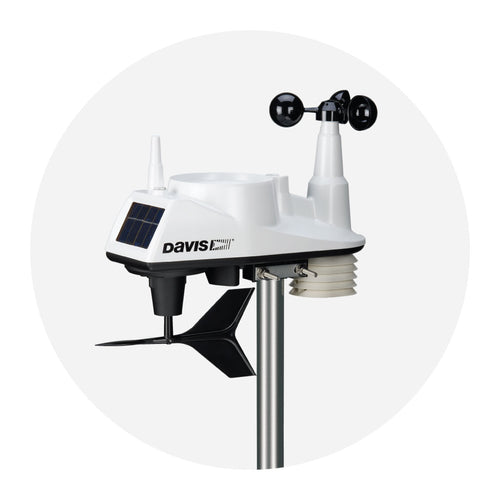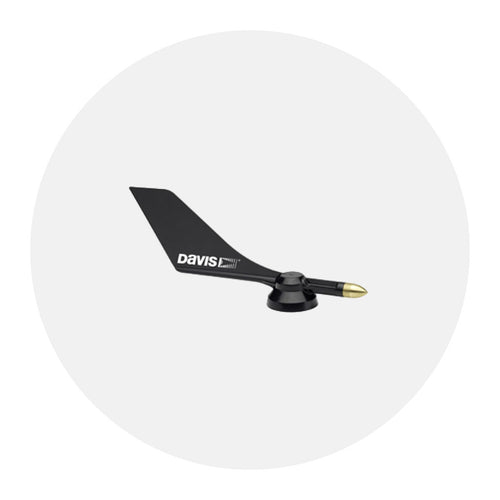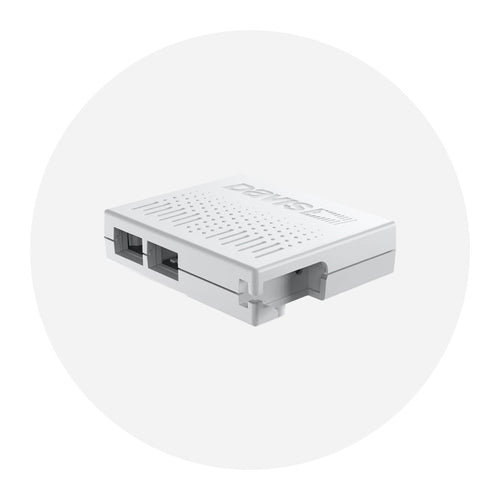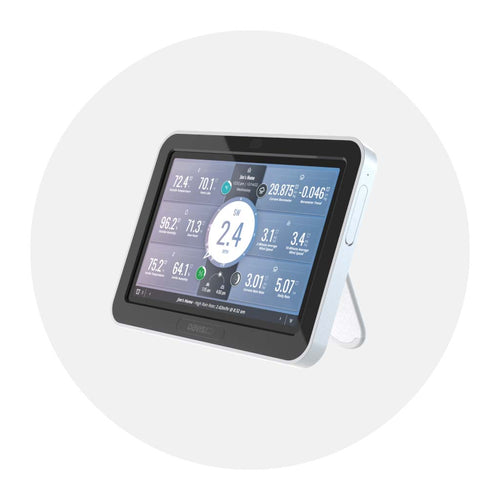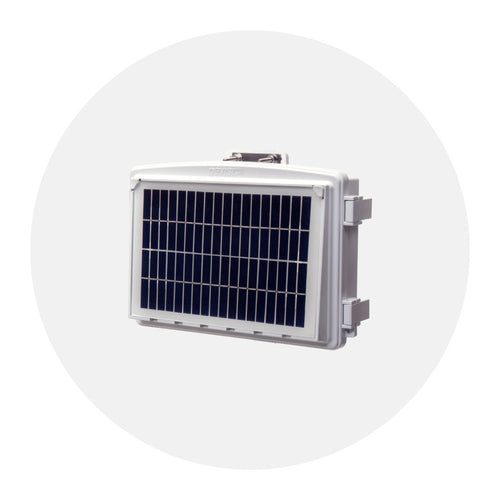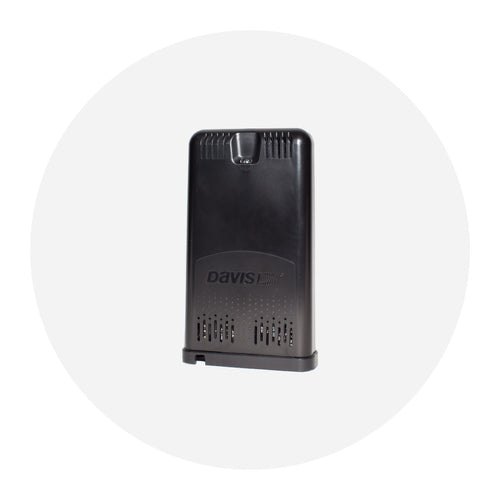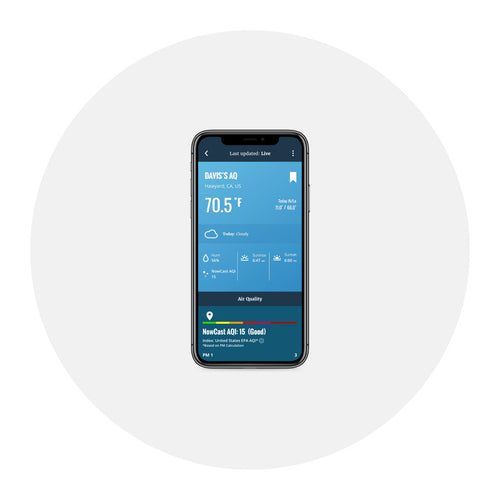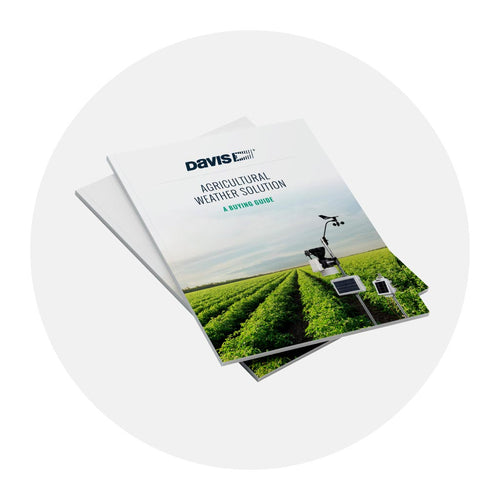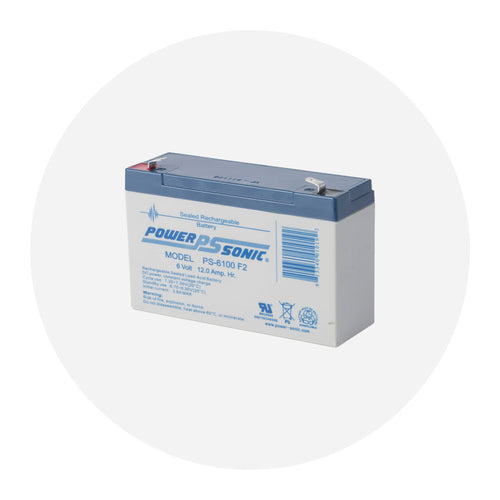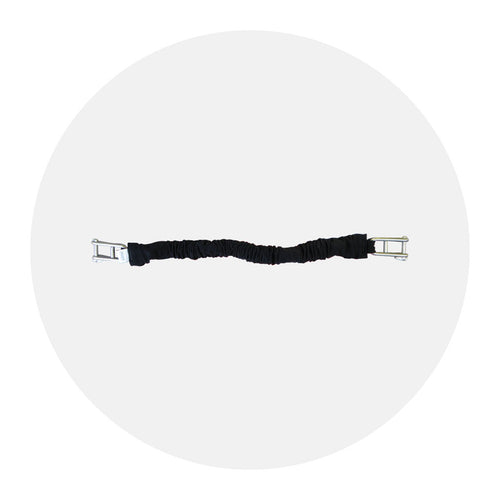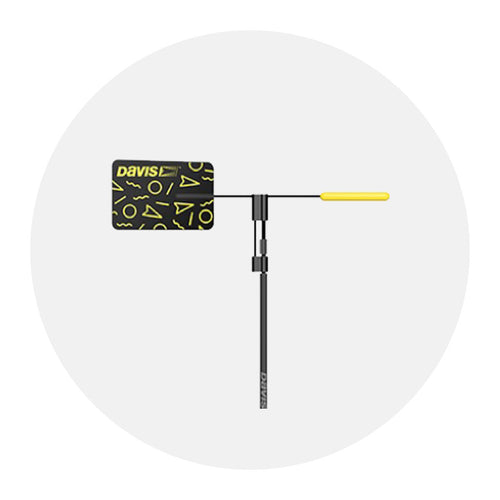
If you grow anything in the west, you need a soil moisture sensor
If the definition of drought is a “period of abnormally dry weather,” it is beginning to feel like the word is misused in describing what’s going on out here on the west coast. "Abnormal" seems to be quite normal.
But drought is the right word. We have a king-size, bona fide, enduring drought out here. Drought has been part of the western "weatherscape" forever, but the current dry spell has haunted us for the last 20 years, and is looking like it will earn the villainous name megadrought, an extreme drought worse than any in recorded history.

While the western states are usually dry in the summer months, the current rainfall rate is so far under normal that 99% of Utah, 84% of Arizona, and 71% of Oregon are in Extreme Drought. But there's’ an even worse category: Exceptional Drought, which now applies to a quarter of Oregon, a third of California, and 2/3 of Utah.
The United States Drought Monitor (USDM) rates drought on five different levels, from D0 (Abnormally Dry) to D5 (Exceptional Drought). Exceptional Drought means the area faces widespread crop and pasture loss, wildfire risk, and water shortages.
Drought is a problem not just in the west. The midwest and high plains states are also dry. From Eastern Colorado to the Dakotas, dry conditions are affecting crops, with Minnesota being hit especially hard. The dry conditions extend up into Canada, with areas of Extreme and Exceptional Drought, especially in Manitoba.
Even without drought, water is precious globally. According to the US Geological Survey, freshwater composes just 2.5% of the total global water, and of that, only 1.2% is available for life needs as surface water. 30.1% of the freshwater is locked up in groundwater. (The rest is in glaciers and ice caps.) Water for irrigation consumes 29% of the fresh surface water and another 65% of fresh ground water. It’s clear that even though we live on a planet that is 71% covered in water, freshwater is something everyone needs to value.
Anyone who grows plants in the United States and Canada, whether they are home gardeners or large-scale farmers, has to deal with providing enough water without wasting a drop.
We’ve got a solution (or several solutions!) that will help you make decisions about irrigating your plants, whether they are veggies in raised beds or acres of wheat.
Your weather station delivers plenty of data to help you grow, but a key sensor in any irrigation plan is soil moisture. The Davis Soil Moisture Probe uses electrical resistance to measure how dry or wet the soil is. (The drier soil, the greater the electrical resistance.) Bury one sensor at the depth you want to monitor soil moisture levels, or use several sensors at different depths to create a soil moisture profile. The sensor can be mounted in either a Leaf & Soil Moisture/Temperature Station or an EnviroMonitor Node.

Keith Bachand has a Leaf & Soil Moisture Station, along with a Vantage Pro2, at his Lakeside Peach Orchard in Monroe, North Carolina. They are helping with his mission to grow the best, and cleanest, peaches possible.
For home gardeners, the Leaf & Soil Moisture/Temperature Station is a great choice. It sends data to either your Vantage Pro2 console or WeatherLink Live. WeatherLink Live will send the data to WeatherLink.com, giving you 24/7 access to your data on the WeatherLink phone app or the website.
For farmers, this soil moisture sensor, or one of several others from trusted third-party manufacturers like Sentek or METER, can be installed as part of an EnviroMonitor system. The sensor(s) can be installed in an EnviroMonitor Node, and the data is then pushed to the EnviroMonitor Gateway and then to WeatherLink.com.
Now is the time to get a soil moisture monitoring system set up. The current drought affecting the western US may change or even end, but our need too use water with care will never end. Water is life.
ADDING ADDITIONAL SENSORS TO YOUR SYSTEM IS EASY
In the face of escalating environmental risks, AEM is the essential source for insights on weather, climate, lightning, floods, wildfires, water management, and more.
Learn more about AEM and all of our solutions here.


